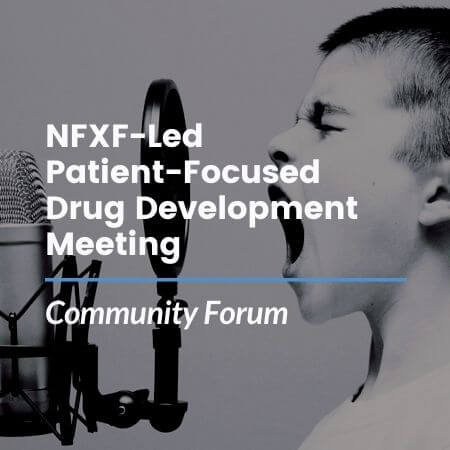By Hilary Rosselot
Asuragen Presents During the 2022 Industry Updates Keynote at the 18th International Fragile X Conference
Stela Filipovic-Sadic, a manager of Research & Development at Asuragen, presented Asuragen’s molecular testing capabilities for FMR1 and Fragile X, and showed how new technologies drive progress in the field. Asuragen has been a part of the Fragile X community for years. Their tests have been used to help patients, clinicians, and researchers aid in diagnosis, screen potential carriers, stratify risk of Fragile X being passed onto the next generation, and connect patients to new therapies.
Learn more about Asuragen by watching their 2022 Industry Updates presentation or visiting their website.
Check out the Behind the Mystery of Fragile X Syndrome segment sponsored by Asuragen.
about

Hilary Rosselot
Hilary joined the NFXF team in 2019. Prior to joining the NFXF team, she worked at the Cincinnati Fragile X Research and Treatment Center for over five years. She has experience as a clinical research coordinator across many types of clinical trials and served as the clinical research manager for the Cincinnati program. She earned a bachelor’s degree in psychology, a master’s, and is a SOCRA certified clinical research professional (CCRP). She enjoys time with family and friends, a great book, a strong cup of coffee and, of course, a good laugh!
learn more
PFDD Meeting Community Forum
The Patient-Focused Drug Development (PFDD) meeting on Fragile X syndrome is just around the corner! We need caregivers and self-advocates to participate to make this a valuable meeting. This will help you understand what to expect and what the goal is and how to share your story.
Cortical Gyrification and Its Relationships With Molecular Measures and Cognition in Children With the FMR1 Premutation
Jun Yi Wang and the study team out of the UC Davis MIND Institute are interested in learning more about the premutation carrier condition in relations to brain development and its impact on cognition. These mental processes impact the higher-level functions of the brain including language, learning new things, and making decisions.



